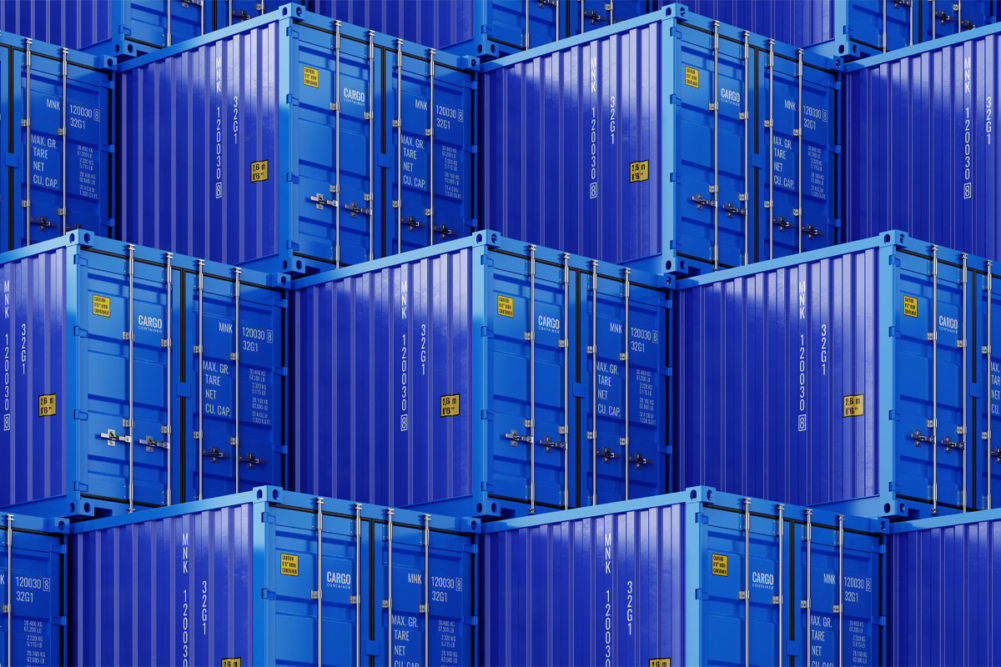U.S. supply chains responded to the global volatility of the past two years by transforming supply chain networks to improve resilience against future disruption.
That was among the takeaway’s of the 34th annual State of Logistics Report, commissioned by the Reading, Pa.-based Council of Supply Chain Management Professionals, conducted by global consulting firm Kearney and presented by Penske Logistics.
While last year’s report highlighted the need to get back in sync, the 2023 version focuses on how logistics operations can build long-term resilience in an effort to best serve customers through a variety of distribution channels.
“As the logistics sector moves forward from years of supply chain challenges and bottlenecks, our report shows that now is the time to begin thinking seriously and proactively when it comes to building strategic capacity,” said Balika Sonthalia, senior partner at Kearney and co-author of the 2023 State of Logistics Report. “Although the market has swung back in shippers’ favor—to the detriment of carriers—we cannot emphasize enough the importance for all industry participants to begin planning for geopolitical tensions, cybersecurity threats, climate change and related natural disasters, slowing e-commerce growth, and global recessionary factors.”
Andy Moses, senior vice president of sales and solutions, Penske Logistics, said that the industry has seen a dramatic runup in supply chain costs, to a record $2.3 trillion. Third-party logistics providers like Penske, he said, play a critical role in helping shippers navigate an increasingly volatile logistics market.
Among the notable findings:
A key report statistic, U.S. business logistics costs (USBLC), shows an increase. USBLC now stands at a record $2.3 trillion (was $1.85 trillion last year), representing 9.1% of national GDP—the highest percentage of GDP ever.
While consumers are continuing to return to stores, e-commerce sales are not slowing down. In 2022, the U.S. e-commerce market grew by 8%, to $1.03 trillion (was $871 billion). It is now 14.5% of the entire U.S. retail market.
Third-party logistics providers are investing more capital into their technology offerings, as opposed to shippers (companies that provide goods and services). Respondents indicated that 96% of 3PLs have migrated to the cloud (shippers indicated 86% of them have), while 80% of 3PLs are investing in IoT (77% for shippers).
The reshoring movement continues. For a number of businesses, reshoring has gone from a strategic possibility to a market reality. According to the Kearney Reshoring Index, American imports of Mexican manufactured goods have grown by 26%.
By the numbers
- $2.3T — U.S. business logistics costs in 2022, up from $1.85 trillion in 2021
- 9.1% — Logistics costs as percentage of GDP (the highest ever)
- $1.03T — E-commerce market in 2022, up from $871 billion in 2021
- 14.5% — E-commerce’s share of the entire US retail market
- 96% —Percentage of third-party logistics providers that have migrated to the cloud
- 80% — Percentage of third-party logistics providers investing in Internet of Things (IoT) technologies
Source: Supply Chain Management Professionals
- $500B — forecasted value of the global cold chain logistics market by 2025. (In 2018, it was worth $160 billion)
Source: ResearchAndMarkets

